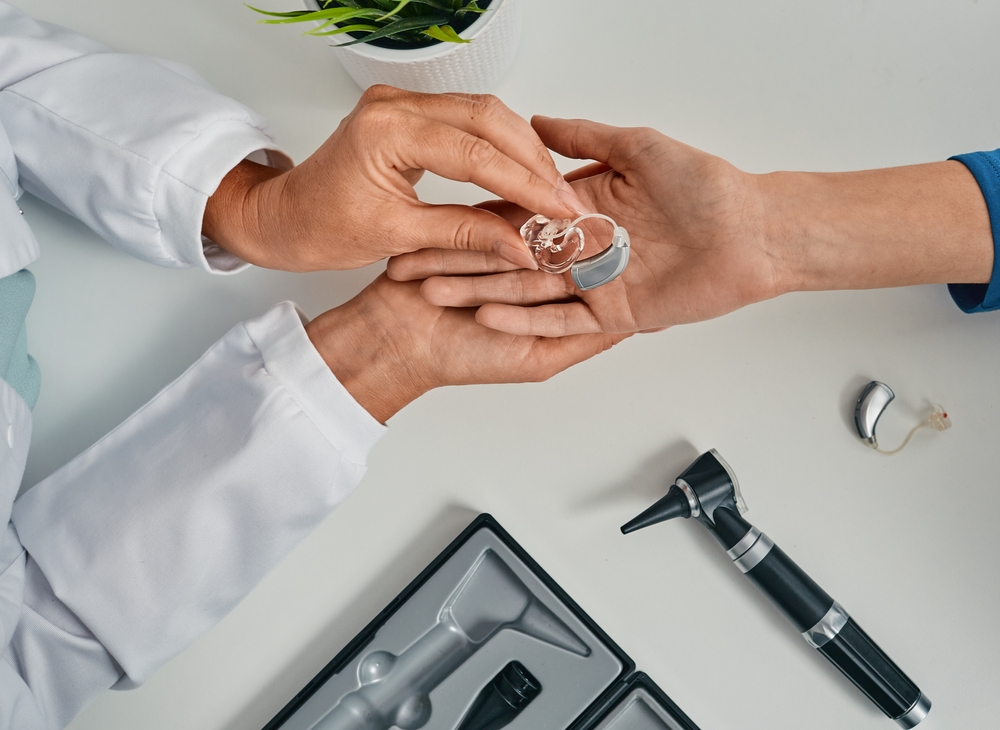When you first embark on the journey of using hearing aids to address hearing loss, it’s natural to draw comparisons with wearing reading glasses. However, the reality is that hearing aids and reading glasses serve fundamentally different purposes and come with unique considerations. Understanding these distinctions can significantly enhance your experience with hearing aids.
1. Hearing restoration vs. vision correction
Unlike glasses, which aim to restore visual clarity often to 20/20 perfection, hearing aids operate differently. They excel at amplifying sound and improving clarity in various environments but do not restore hearing to perfect levels. Instead, they enhance your ability to hear by adjusting settings to suit different listening situations. This means you may notice sounds more clearly, including subtle background noises like a refrigerator hum, which may have been previously imperceptible.
2. Adjustability for different environments
Unlike reading glasses that provide immediate vision improvement upon wearing, hearing aids require adjustments to optimize your hearing experience. In noisy environments like restaurants, you can adjust settings to focus on conversations at your table while minimizing background noise. Similarly, during outdoor activities, such as walks in bustling areas, you can tailor settings to prioritize hearing approaching vehicles and pedestrians. This adaptability ensures you hear what’s important in various situations.
3. Acclimatization and learning curve
While reading glasses typically require no acclimatization period, using hearing aids may involve a learning curve. Initially, users may need time to adjust to new sounds and settings. Through practice and exploration of different settings, users can optimize their hearing aid’s performance to suit personal preferences and environments. Over time, this adjustment process becomes intuitive, leading to enhanced comfort and effectiveness of the hearing aids.
4. Maintenance and battery considerations
Unlike reading glasses, which operate without additional power sources, hearing aids require batteries to function. This ongoing expense includes considerations such as proper battery handling to maximize lifespan. Tips like storing batteries at room temperature, avoiding moisture exposure, and ensuring hands are clean before handling can help extend battery life and optimize hearing aid performance.
5. Noise and environmental sensitivity
While glasses remain silent during use, hearing aids may occasionally produce sounds such as feedback or squealing. As users become familiar with adjusting settings and handling their hearing aids, these noises can be minimized or eliminated. This adjustment process is crucial for ensuring comfortable and effective use of hearing aids in various auditory environments.
6. Moisture and durability
Unlike glasses, which are typically resilient to moisture exposure, hearing aids are susceptible to damage from water and moisture. While some models offer water-resistant features, precautions should be taken to protect hearing aids from excessive moisture exposure. Proper care and storage can prolong the lifespan of hearing aids and maintain their functionality over time.
7. Size and portability
Compared to glasses, which are relatively large and easier to locate if misplaced, modern hearing aids are compact and may be more challenging to find if lost. It’s essential to store hearing aids in their designated cases when not in use to prevent loss or damage. This small size contributes to their discreet appearance when worn, enhancing user comfort and aesthetics.
By acknowledging these distinctions between glasses and hearing aids, individuals can fully embrace the benefits of improved hearing and navigate the adjustments and care necessary for optimal usage.
Find a hearing specialist near you if you are ready to explore hearing aid options.



